Regardless of how durable they are, floors are not immune to getting dirty. Bear in mind that they are the ground we walk on practically every day. And nothing kills the aesthetic appeal of an interior more than an unclean floor. Many factors can keep the ground from looking fresh. These include constant foot traffic, stains from spills, and the overall atmosphere of the living spaces. Cleaning procedures, however, will vary according to the type of flooring. Vinyl, for instance, requires a different method than stone. In any case, keeping your floors well-maintained is key to preserving the aesthetic value of your home and prolonging the lifespan of the flooring.
Why is Floor Maintenance Important
The flooring is often the first part of an interior a person notices when entering a house. Therefore, the first impression of a home’s cleanliness usually depends on how clean the floor is. A dirty or dust-covered floor can have a guest assuming that your sanitation standards aren’t too high. Besides the visual appeal, a well-maintained floor also improves safety and hygiene. A buildup of dirt, grit, or grime on the ground can pose a tripping hazard. Moreover, the lack of sanitation can create a haven for germs, putting your family’s health at risk.
Another benefit of a well-maintained floor is the longevity of the flooring itself. A floor that’s gathering dust and other impurities eventually deteriorate in quality. Also, the more you put off maintenance, the harder it becomes to actually get rid of the dirt. Giving your flooring the care it needs ensures that it maintains its quality for as long as possible.
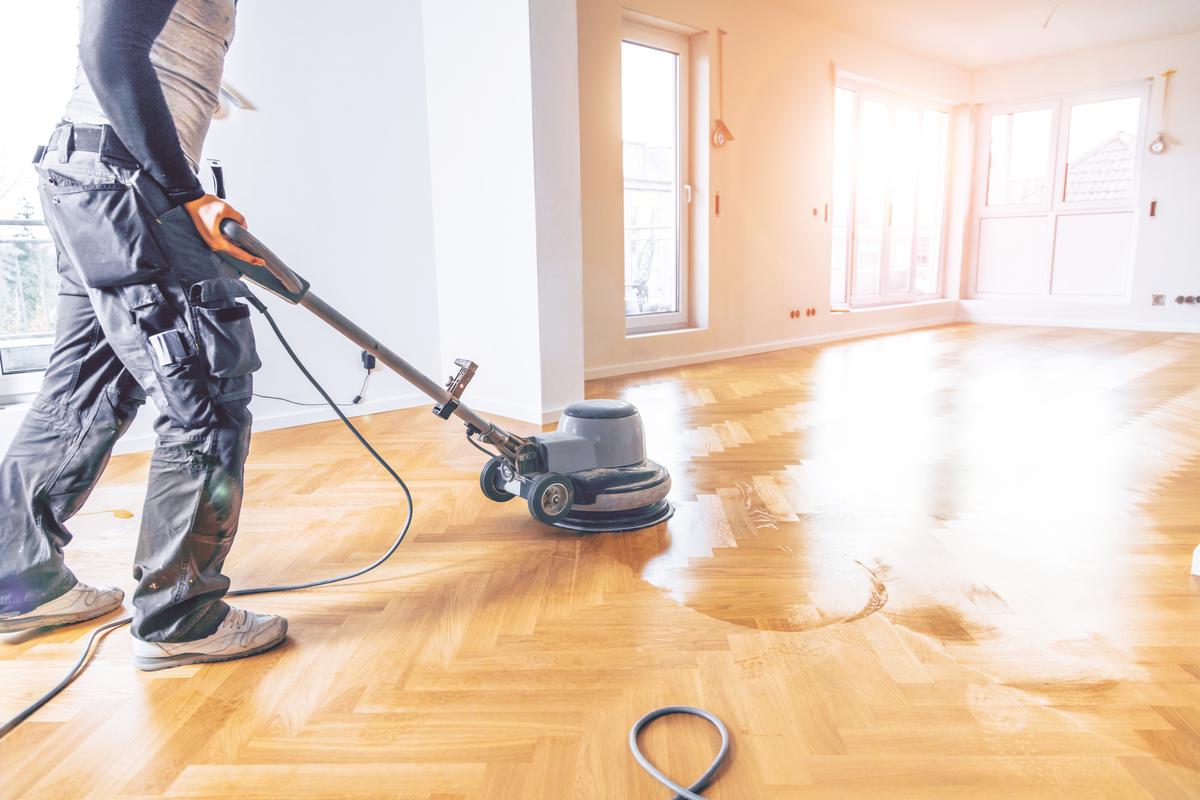

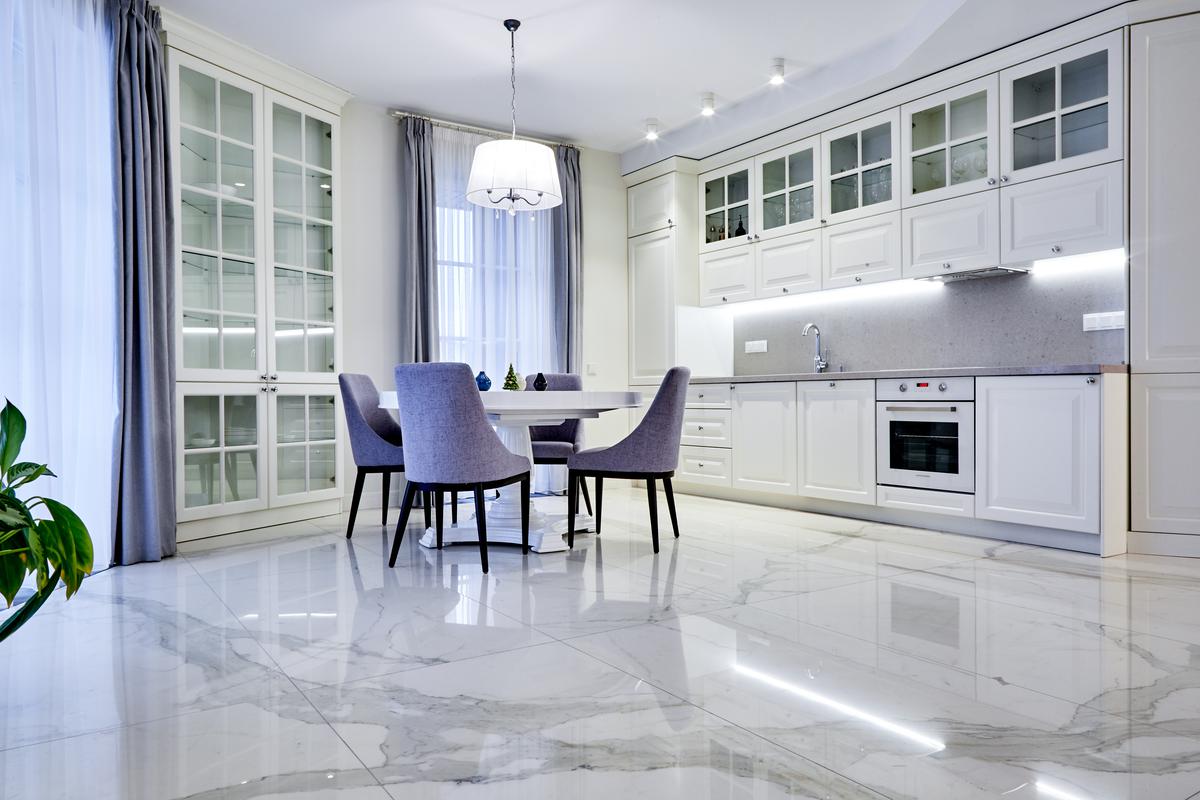
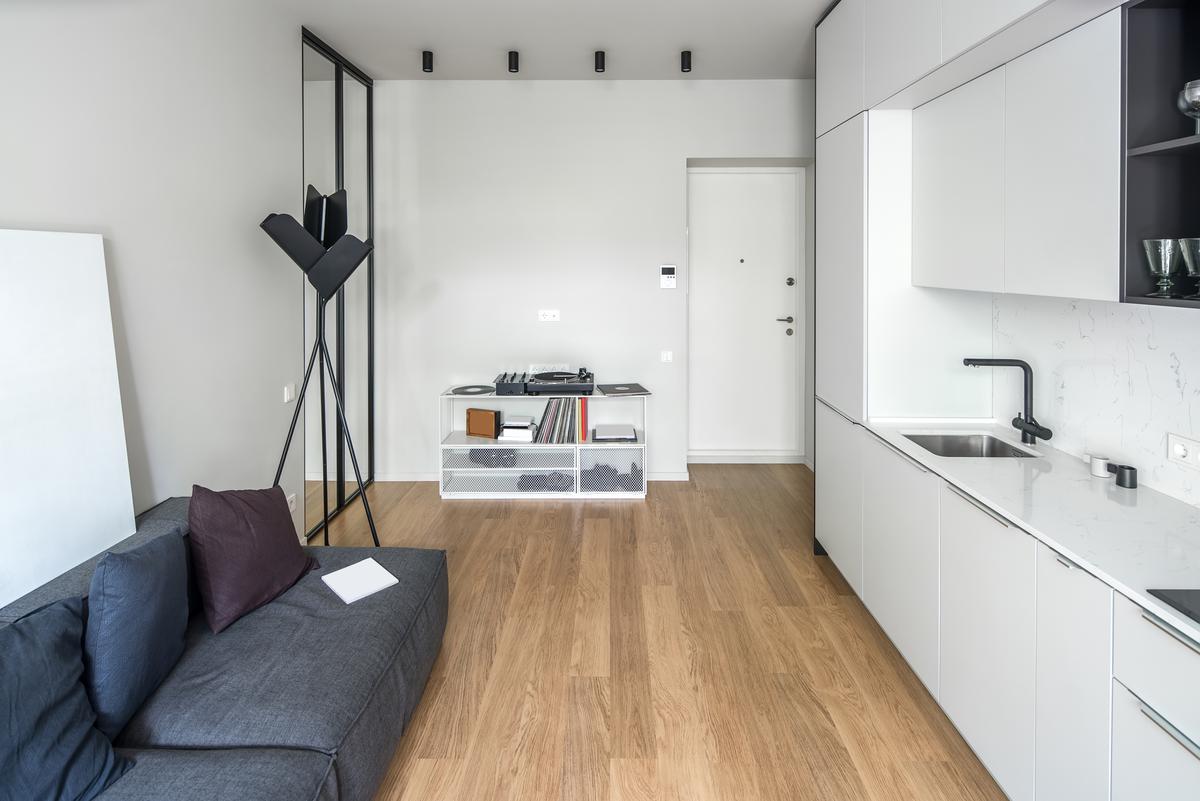
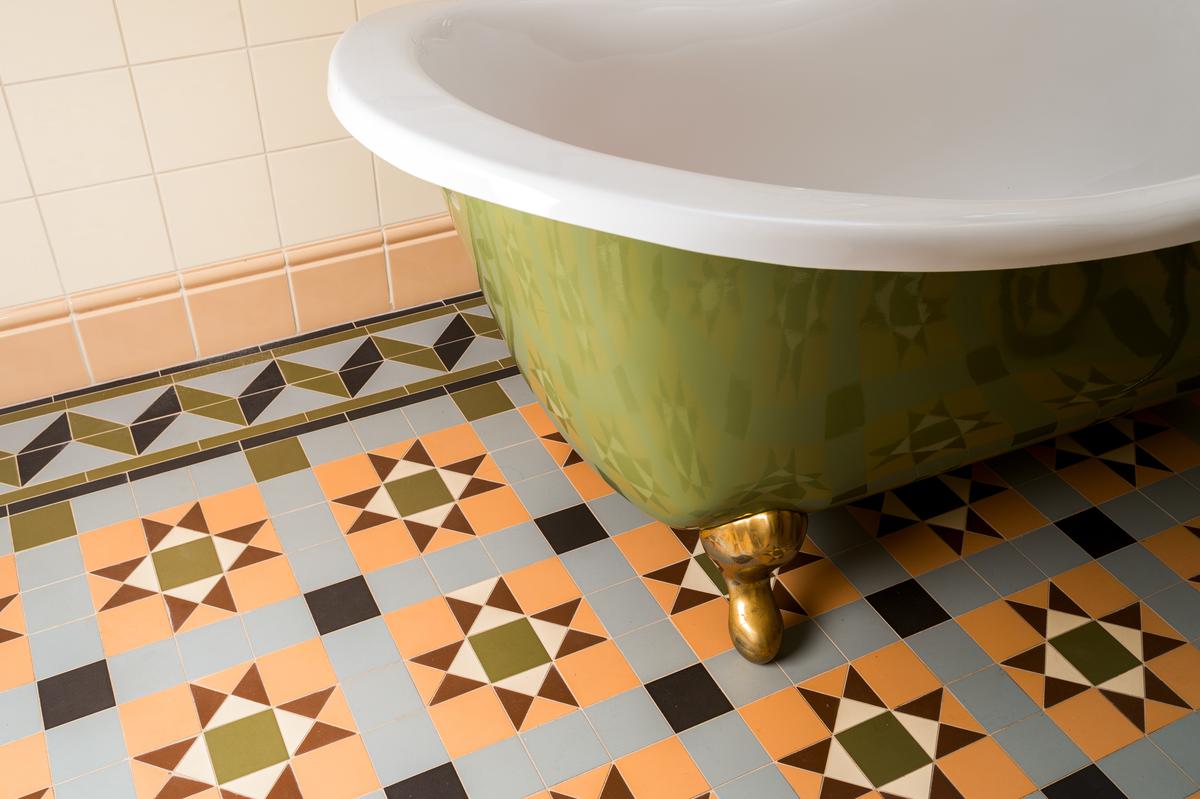
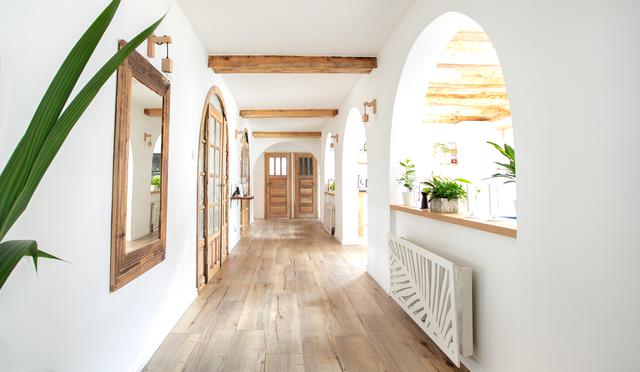
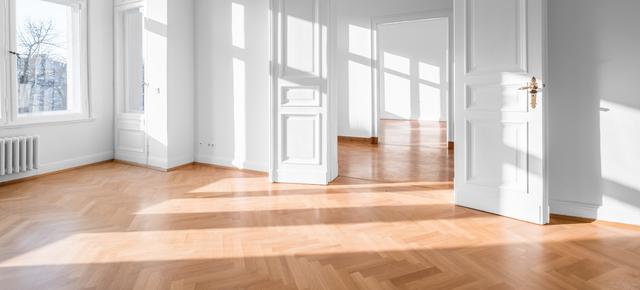

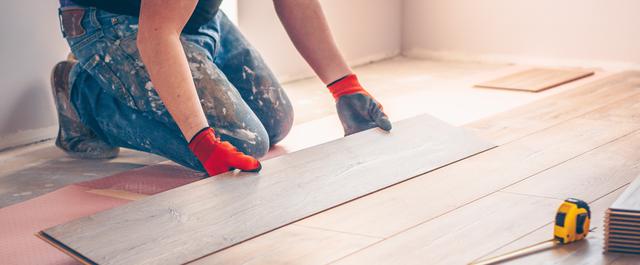
comments